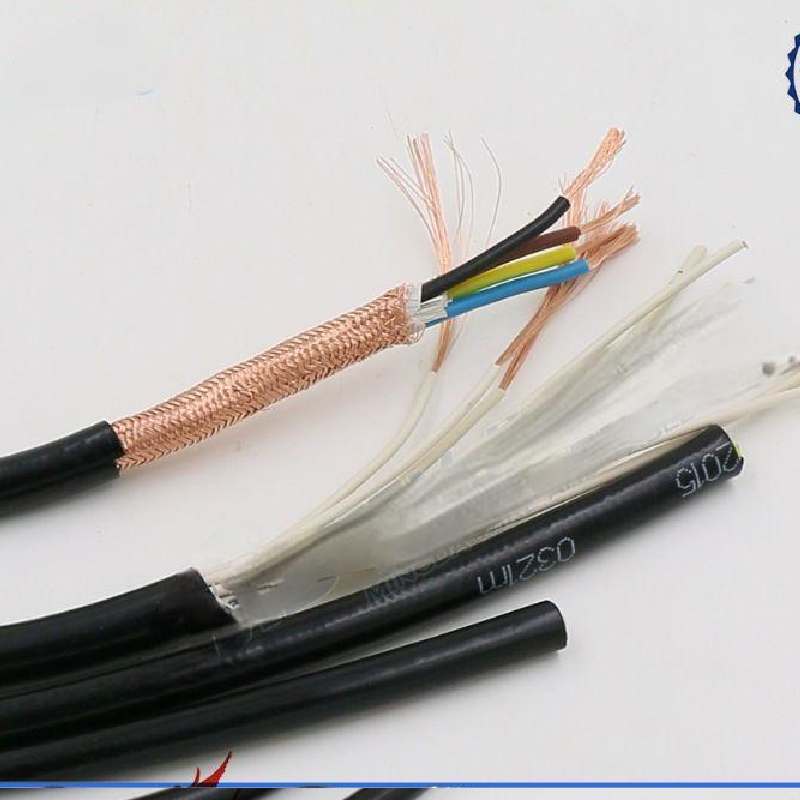نويابىر . 08, 2024 01:00 Back to list
Optimizing Performance of Casting Ball Valves in Industrial Applications
Understanding Casting Ball Valves A Comprehensive Overview
Casting ball valves are essential components used in various industrial applications to control the flow of liquids and gases. Their design and functionality make them a preferred choice for many industries, including oil and gas, water treatment, and chemical processing. This article delves into the intricacies of casting ball valves, discussing their structure, benefits, applications, and maintenance.
Structure and Design
A casting ball valve operates using a spherical disc, known as a ball, which rotates within the valve body to control flow. The ball has a bore that aligns with the flow when in the open position and blocks the flow when turned perpendicular to the pipeline. The body of the valve is typically made from high-quality materials such as stainless steel, bronze, or carbon steel. These materials are often selected for their robustness and ability to withstand high pressures and temperatures.
The casting process used to manufacture the valve body ensures a strong and uniform structure, minimizing the risk of leaks and creating a reliable seal. The valve's design can vary, with options for reduced or full port configurations, each suited for different flow requirements. Full port valves allow for the same diameter flow as the pipeline, resulting in minimal pressure drop, whereas reduced port valves are more compact and economical.
Benefits of Casting Ball Valves
Casting ball valves offer numerous advantages that make them a preferred choice for many applications
1. Durability The materials used in casting ball valves provide excellent resistance to corrosion, wear, and pressure fluctuations, ensuring a long operational lifespan.
2. Tight Sealing When closed, a ball valve provides a tight seal, minimizing the risk of leaks. This feature is critical in industries where safety and reliability are paramount.
3. Ease of Operation These valves are relatively easy to operate. A simple quarter-turn action can open or close the valve, making them user-friendly and efficient.
4. Versatile Applications Casting ball valves are adaptable and can be used in various settings, from residential plumbing to large-scale industrial operations. They are effective for handling different media, including water, oil, and chemicals.
5. Low Maintenance Once installed, casting ball valves typically require minimal maintenance, which can translate into cost savings over time. Regular inspections can ensure optimal performance, but their durable construction often limits the need for frequent service.
Applications
The versatility of casting ball valves allows them to be employed in a wide range of applications, including
casting ball valve

- Oil and Gas Industry Used for controlling the flow of crude oil and natural gas, ensuring efficient transport and safety in pipelines.
- Water and Wastewater Management Essential in managing water flow within treatment plants and distribution systems.
- Chemical Processing Vital for controlling the flow of various chemicals, ensuring that hazardous materials can be handled safely.
- HVAC Systems Utilized for regulating the flow of heating and cooling fluids, contributing to efficient climate control in buildings.
- Food and Beverage Industry Used in food processing and brewing applications, ensuring hygiene and safety in operations.
Maintenance Best Practices
Maintaining casting ball valves is crucial for ensuring longevity and reliable performance. Here are best practices for maintenance
1. Regular Inspections Periodically check for leaks, signs of wear, or damage to the valve body and connections.
2. Operational Check Regularly operate the valve to ensure it opens and closes smoothly, as infrequent use can lead to seizing.
3. Cleaning Keep the valve clean and free from debris, particularly if used in environments with particulate matter.
4. Lubrication Apply suitable lubricants to critical moving parts as recommended by the manufacturer.
5. Replacement Parts Keep spare parts on hand for quick replacements if any critical components show signs of wear.
Conclusion
In conclusion, casting ball valves are vital components across various industries due to their durability, reliability, and ease of use. Understanding their design, benefits, applications, and maintenance practices can help industries maximize their operational efficiency and safety. As technology continues to evolve, the development of casting ball valves is likely to advance, further enhancing their functionality and adaptability in a rapidly changing industrial landscape. Whether in oil and gas or food processing, these valves play an integral role in ensuring the smooth operation of fluid control systems.
Share
-
Reliable Wafer Type Butterfly Valves for Every IndustryNewsJul.25,2025
-
Reliable Flow Control Begins with the Right Ball Check ValveNewsJul.25,2025
-
Precision Flow Control Starts with Quality ValvesNewsJul.25,2025
-
Industrial Flow Control ReliabilityNewsJul.25,2025
-
Engineered for Efficiency Gate Valves That Power Industrial PerformanceNewsJul.25,2025
-
Empowering Infrastructure Through Quality ManufacturingNewsJul.25,2025


